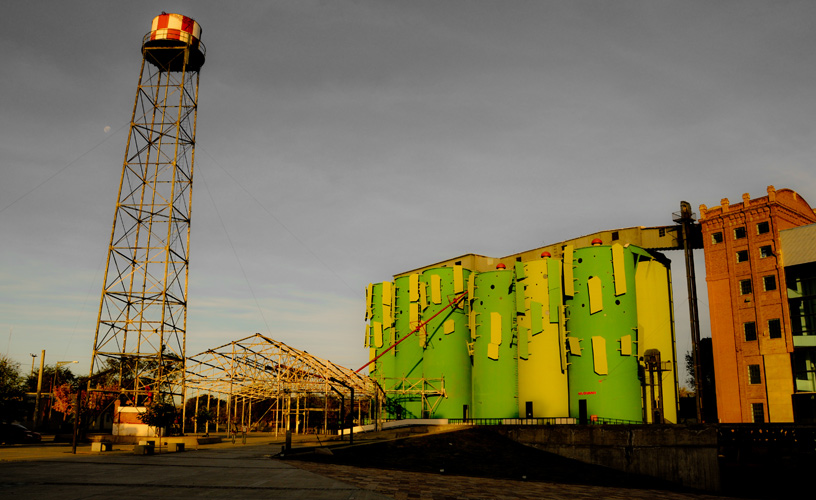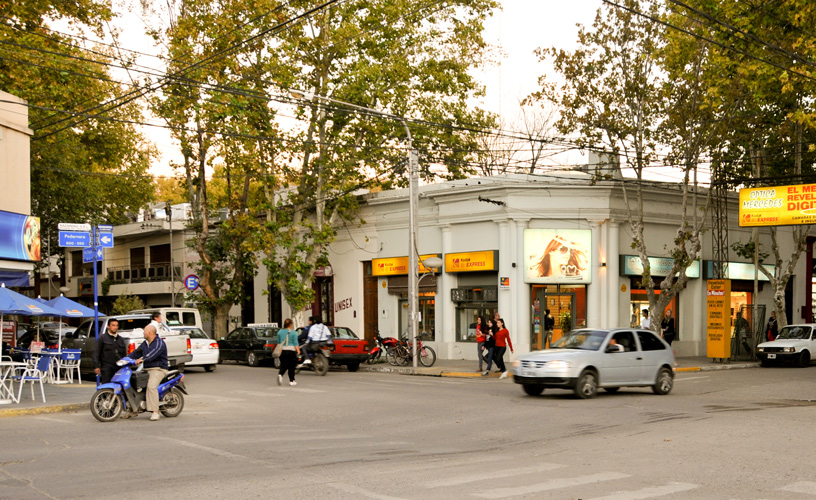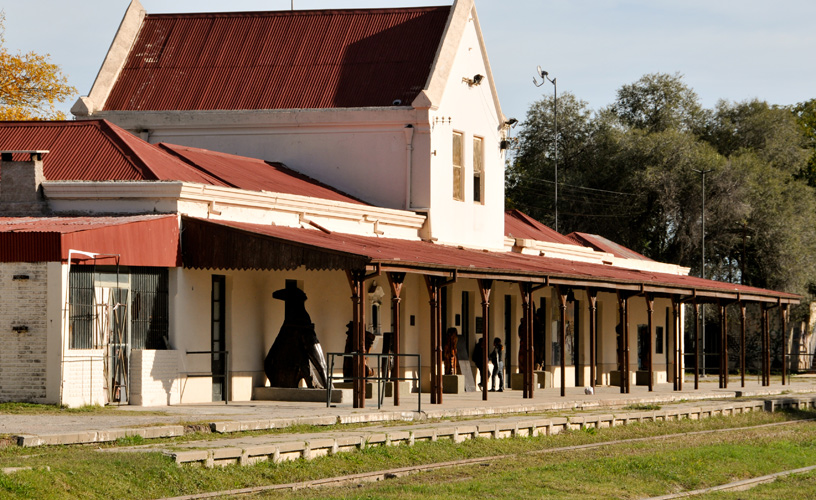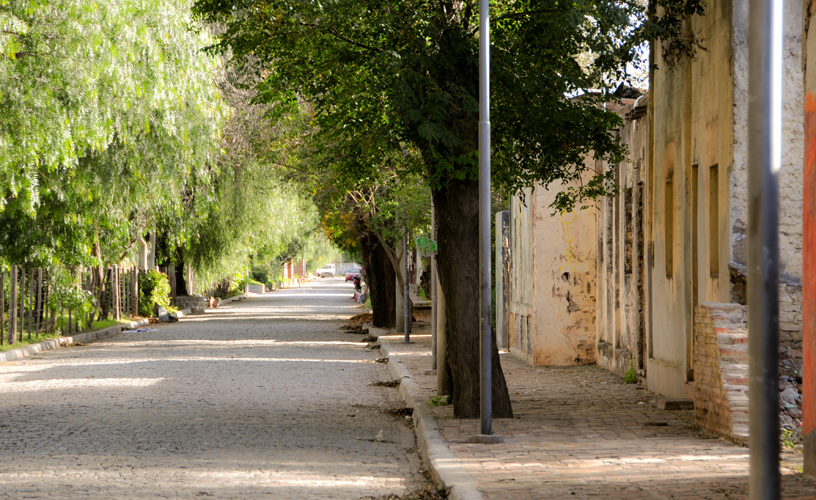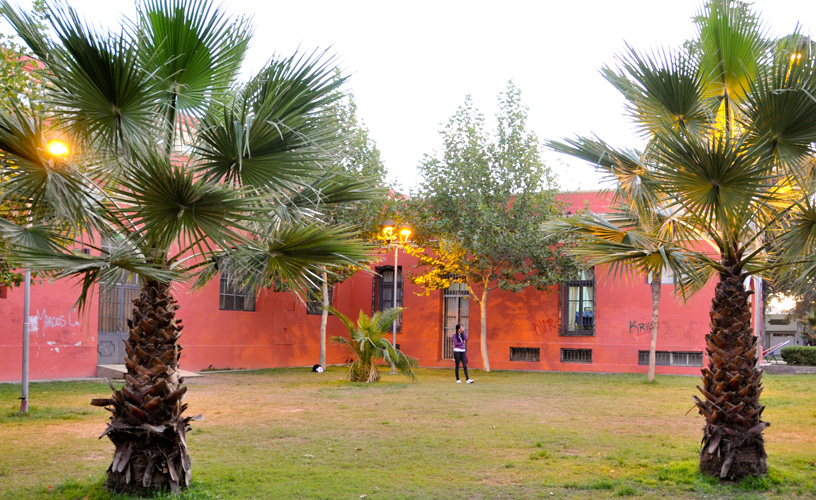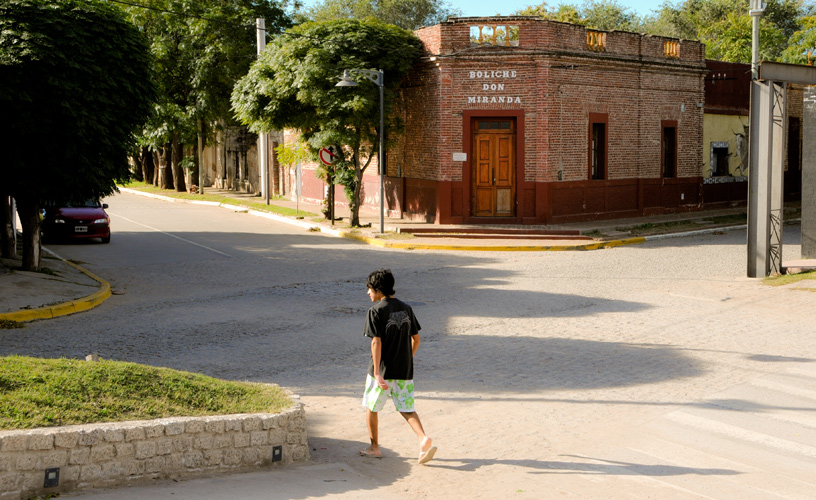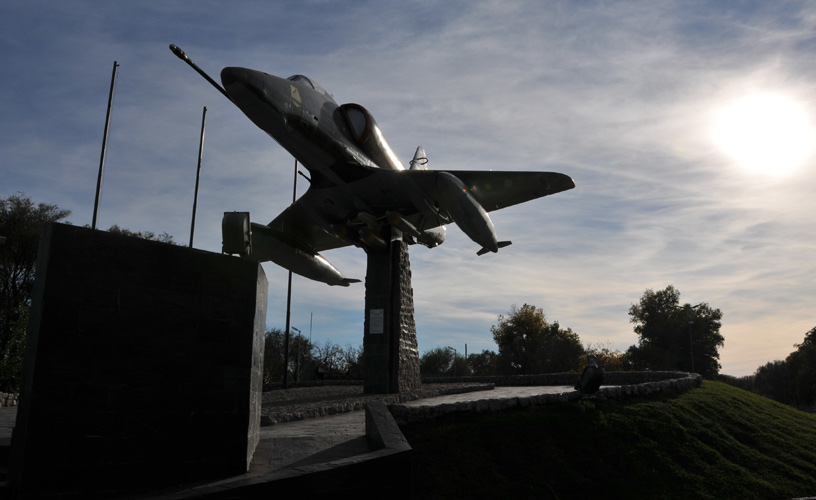Our visit to Villa Mercedes was brief. We did not have a clear notion of what kind of place we would find. The car was our ally, as the long distances made it difficult for us to go around the city on foot. The downtown showed us its avenues lined by shady trees, where old buildings co-exist with modern apartments and offices. 'Mercedes', as its inhabitants usually call it, has a great cultural and sport life. We were advised to see its famous Calle Angosta (Narrow Street), Molino Fénix Cultural Complex and the House of Culture. We headed for Calle Angosta, which lies next to the today abandoned railway station. That nook inspired musician José Adimanto Zavala a while ago to write the famous cueca he would later sing in the company of Alfredo Alfonso. Tribute is paid to indigenous music at this spot and its amphitheater has hosted the Calle Angosta National Festival for 25 years.
Urban Image of Villa Mercedes
The old general stores referred to by the cueca have long gone. Guitars and glasses of wine sounded in unison at the classic bar. Today, there are venues where the local cuisine continues to rescue the identity of this site.
Molino Fénix Cultural Complex occupies a block along with the old rails. Old sheds and cereal silos have merged with modern buildings and squares with water fountains. All this gives origin to a matchless set. It is amazing to know that these silos -painted green today- have been turned into restaurants.
A cinema, the House of Music, coffee stores, restaurants, pubs and discos are concentrated in Molino Fénix, a fashionable place indeed. Music presentations, spaces for learning and recording studios with the most cutting-edge facilities are also present.
'Motivating, analyzing and orienting musical work is one of the premises, as well as making contact with the interpreter of the genre which as far as we know becomes adapted to the piece of art' is the basic idea that prevails in this innovative project.
Mónica Pons
Eduardo Epifanio
